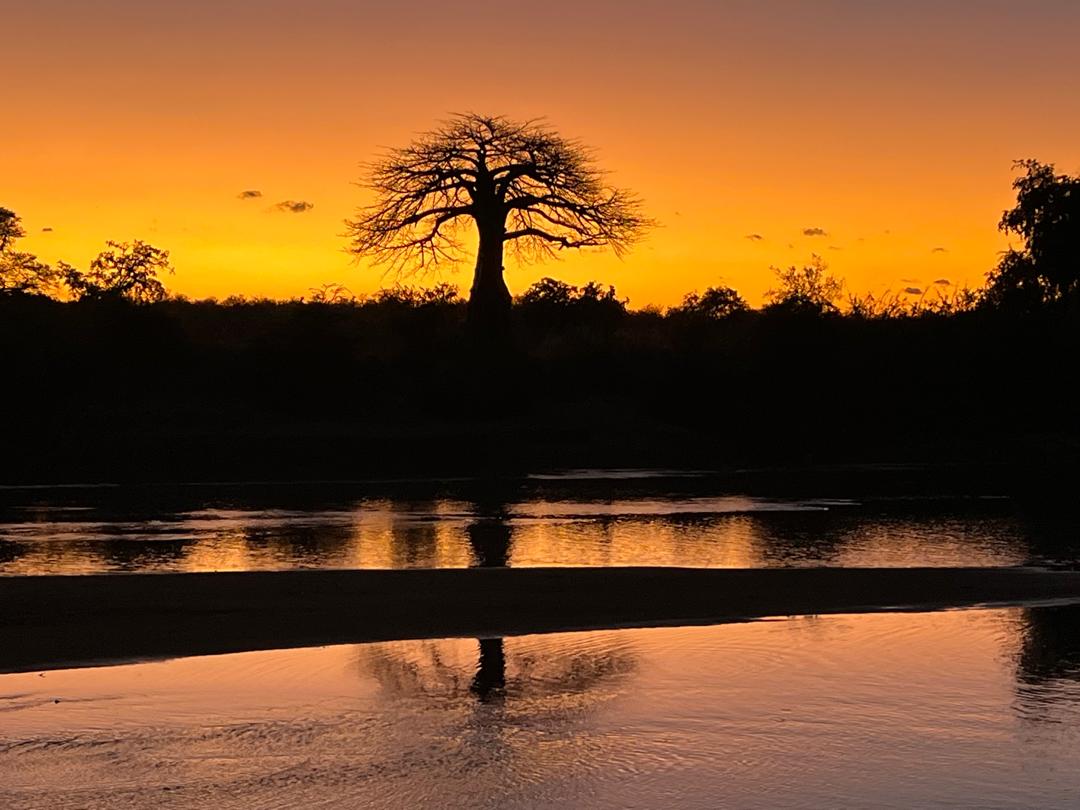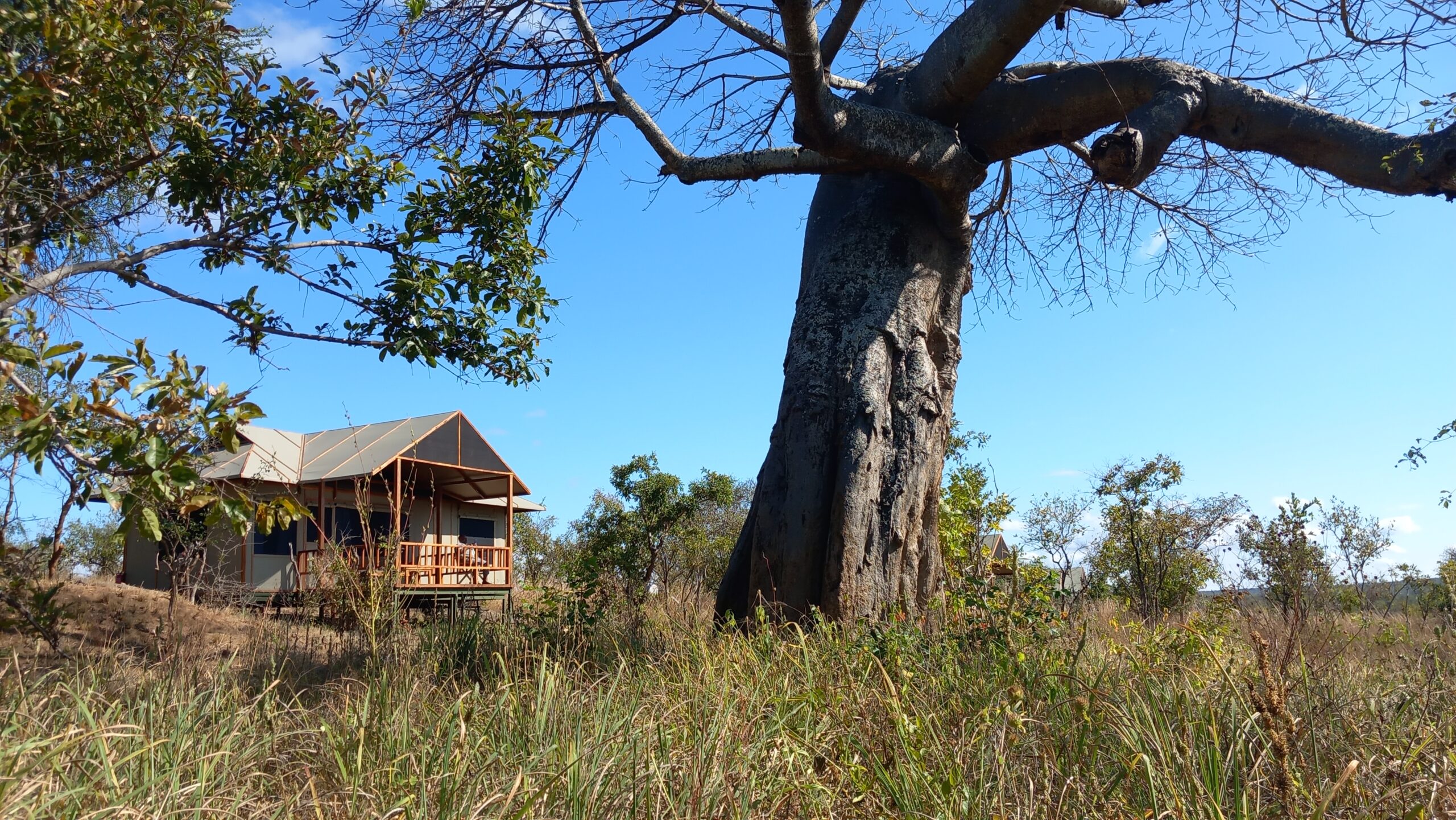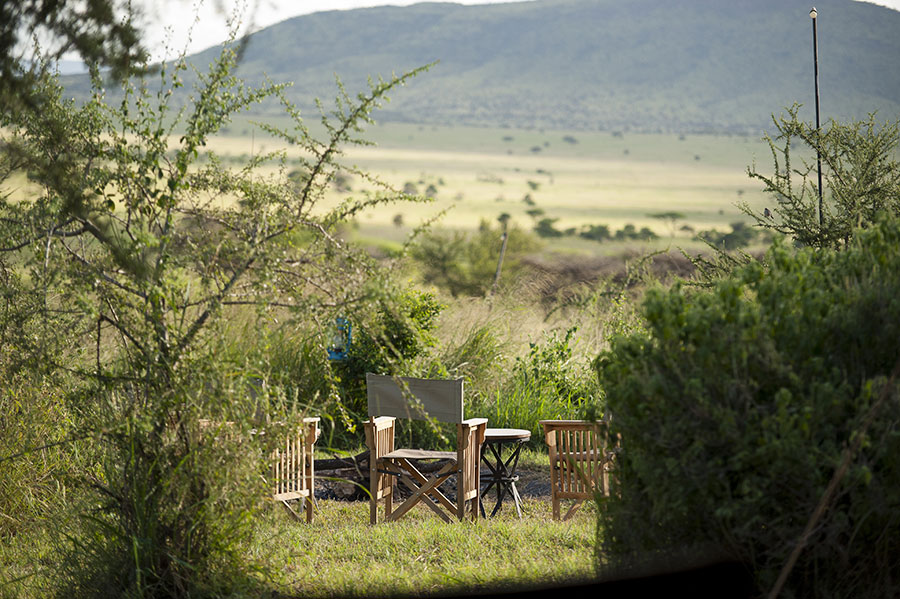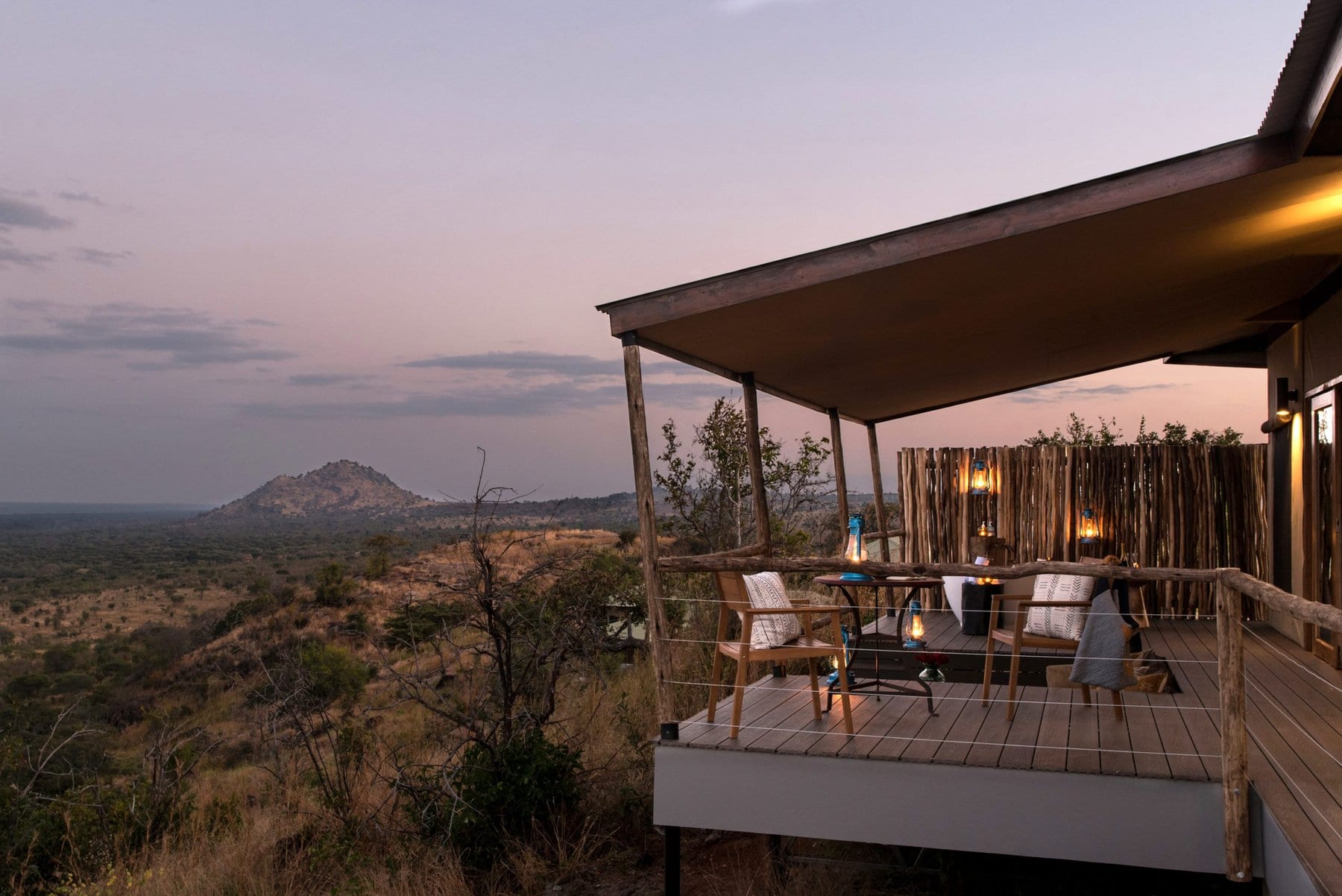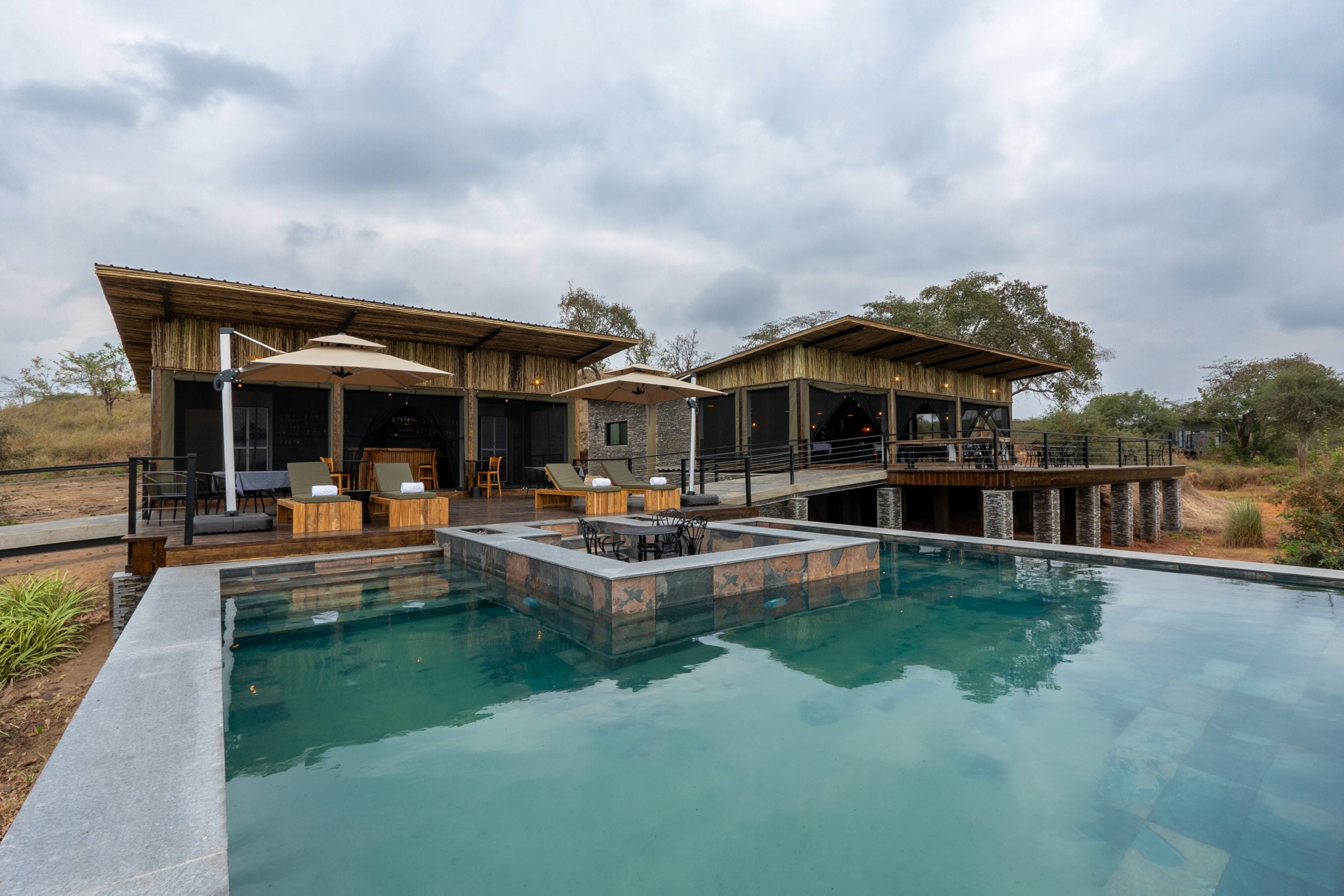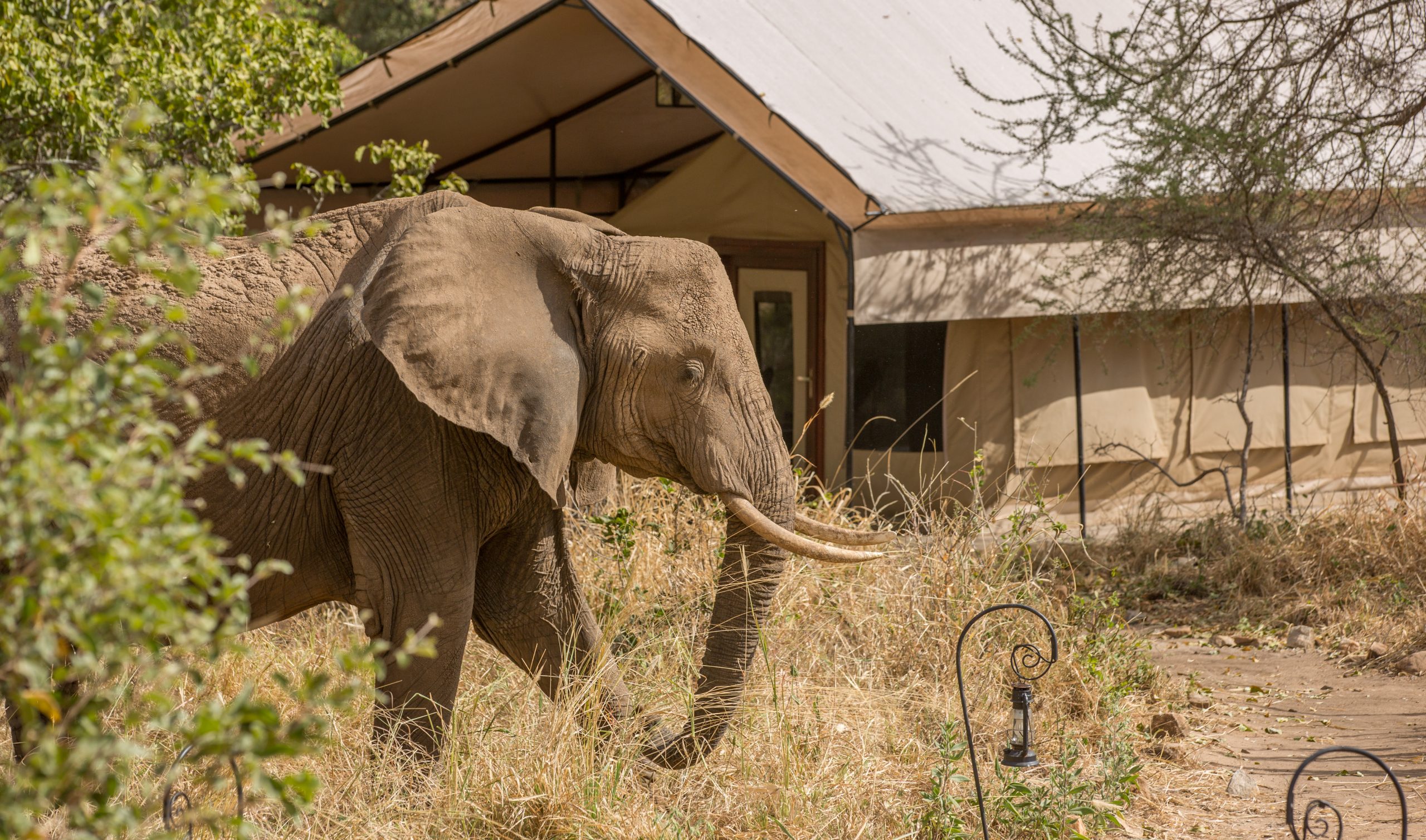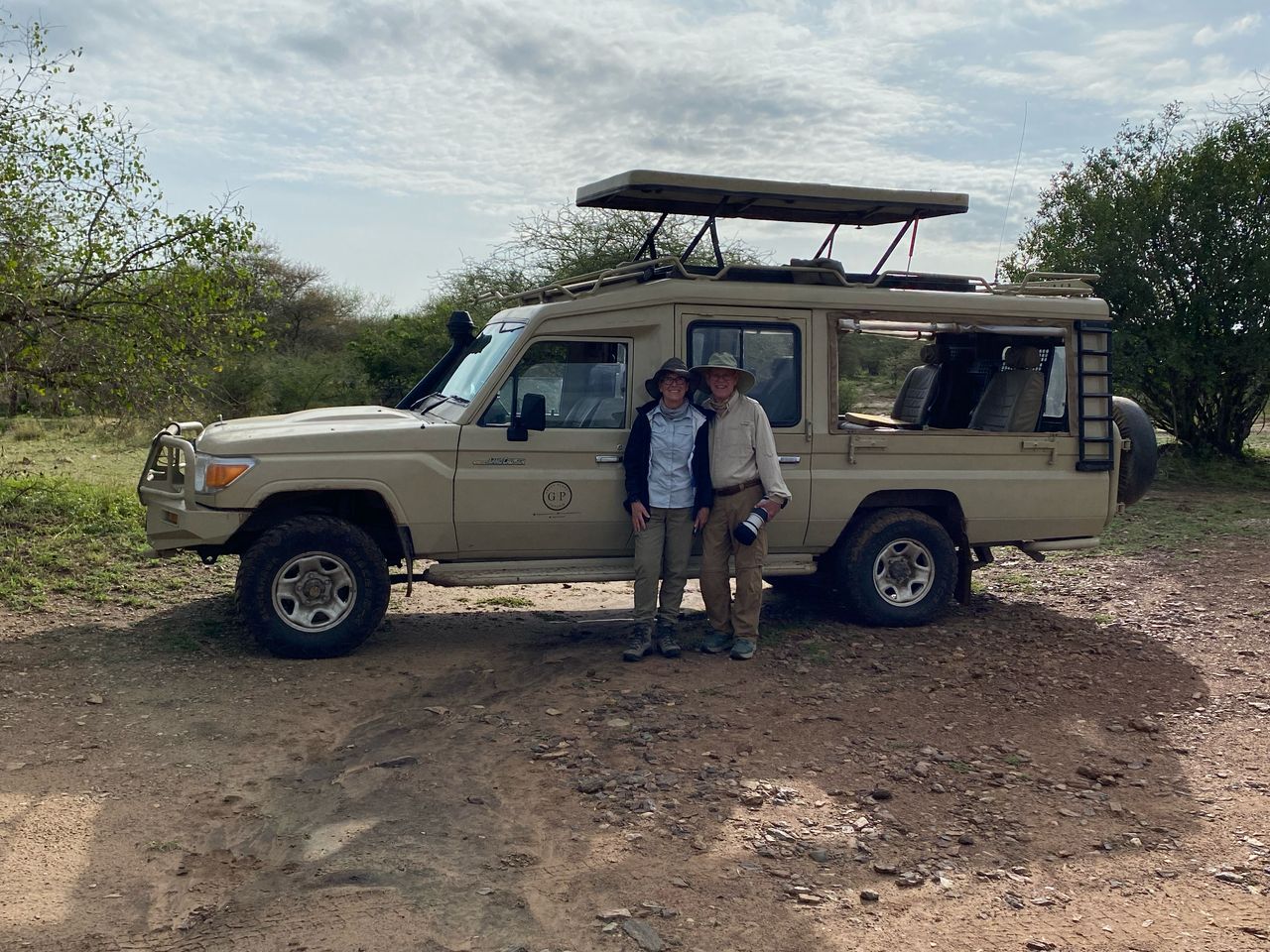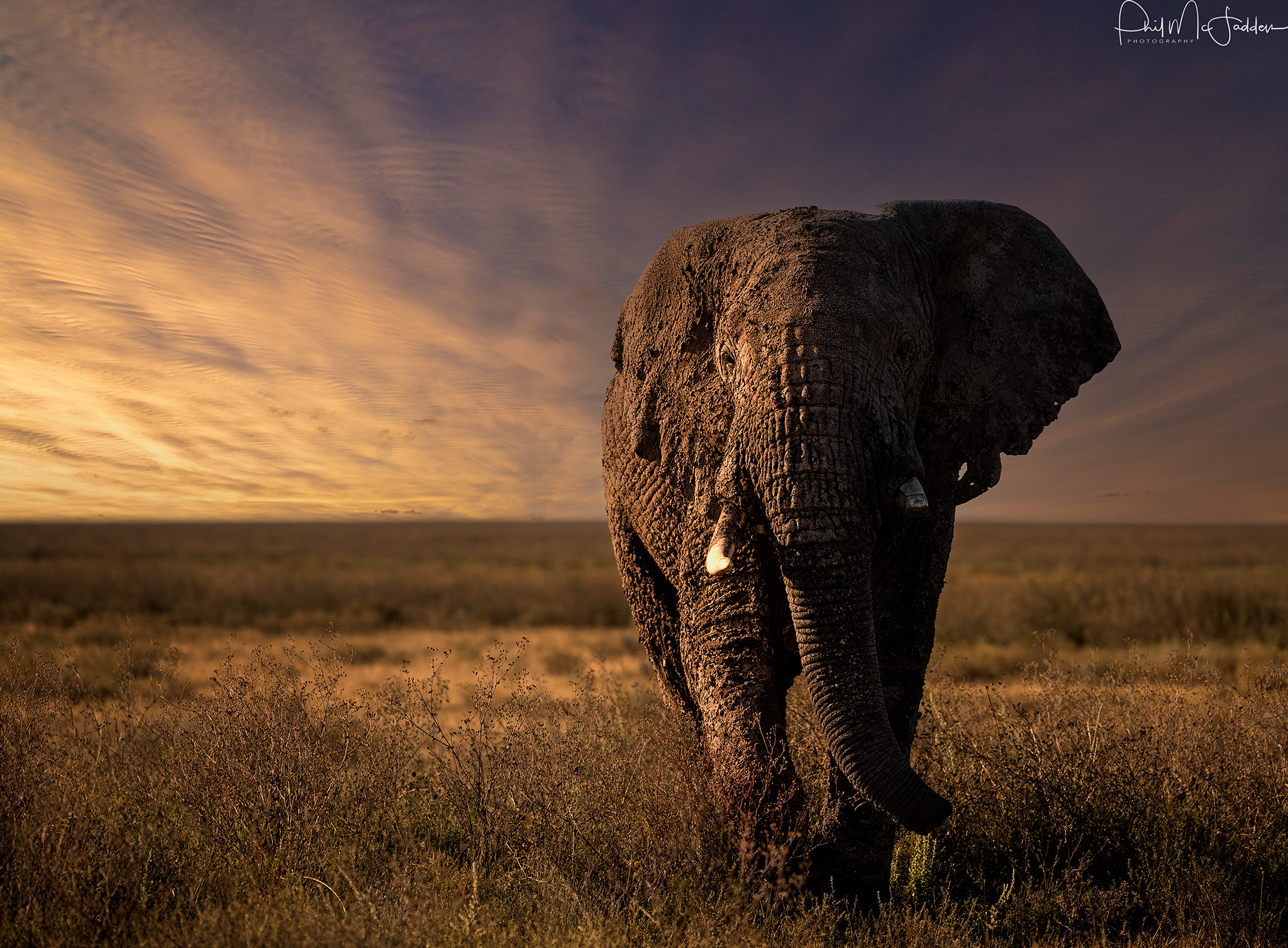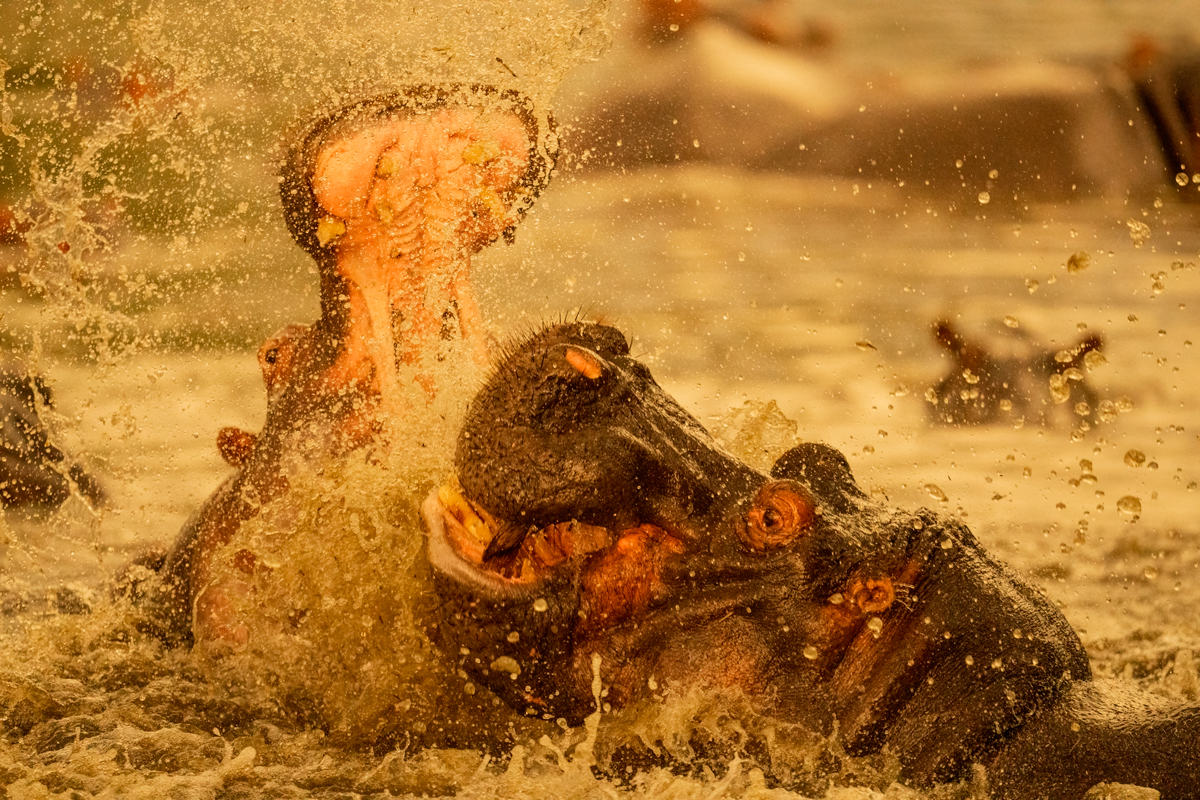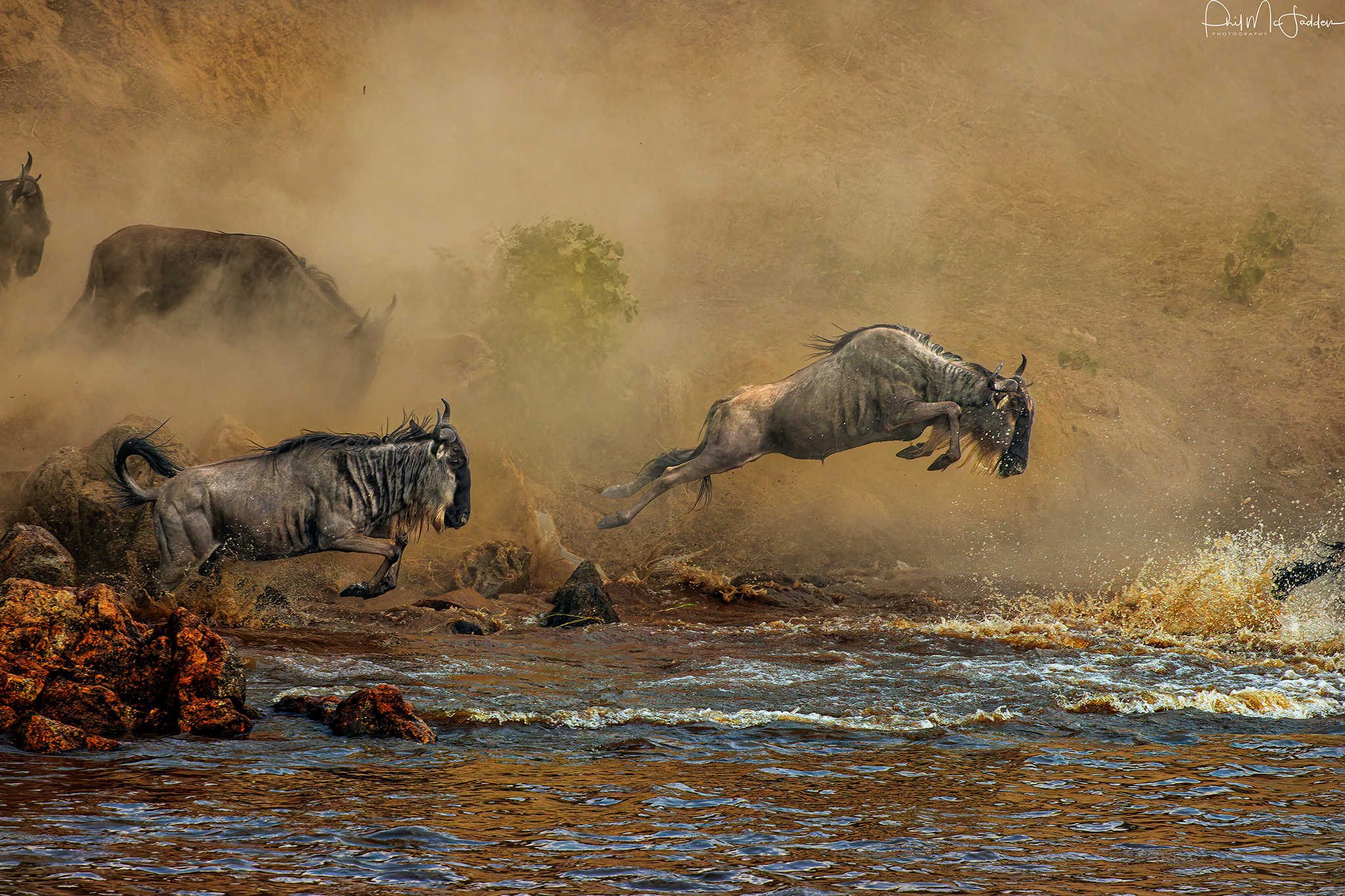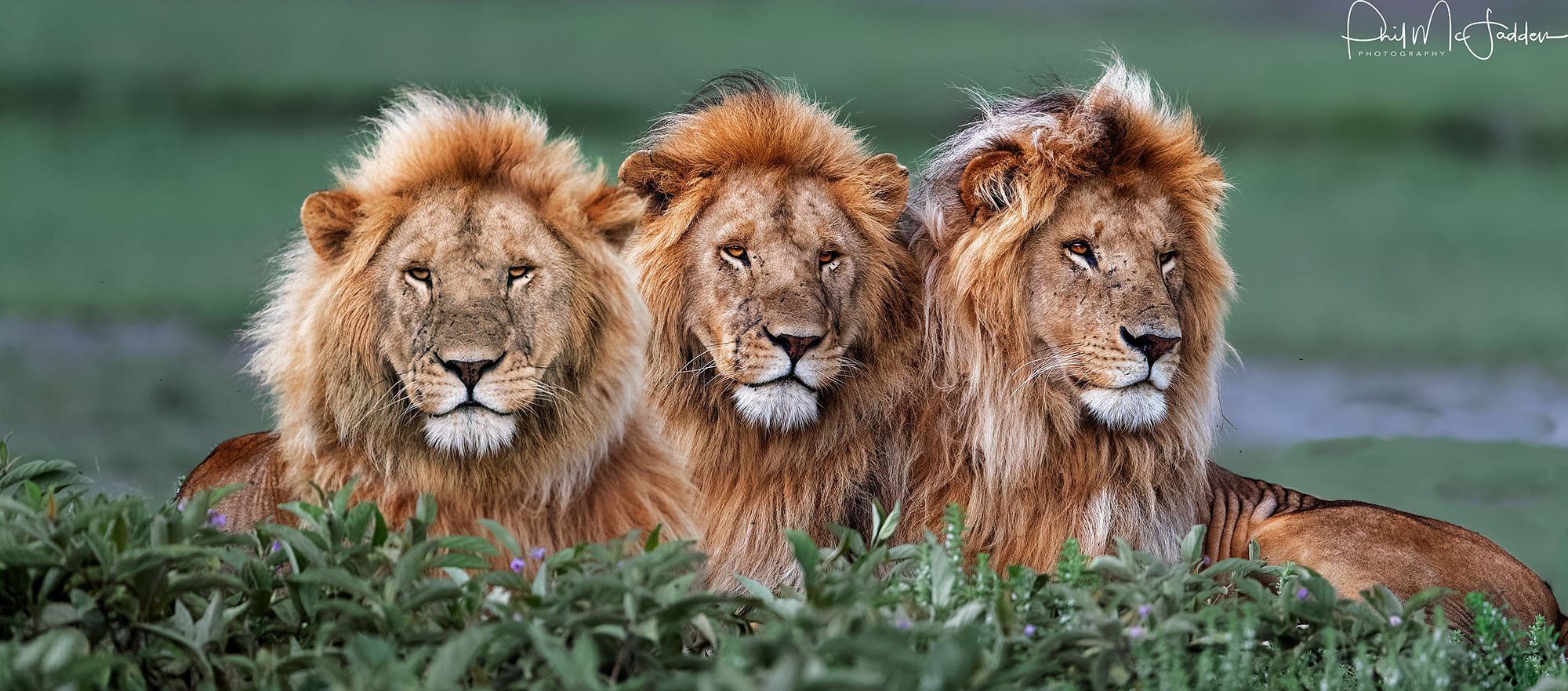Tarangire National Park.
The Paradise of Elephants
Tarangire National Park
Tarangire National Park, is a stunning yet underrated gem in northern Tanzania. Known for its majestic baobabs, vast plains, and large elephant herds, it offers a peaceful safari experience. During the dry season, it hosts Tanzania’s highest mammal concentration, including wild dogs, gerenuk, and over 500 bird species, making it a wildlife haven.
Tarangire National Park, named after the Tarangire River, is a hidden gem often overlooked by visitors. While it’s slightly off the Northern Safari Circuit, it offers a rich diversity of wildlife, including species not found elsewhere, like the fringe-eared oryx. A must-visit for nature enthusiasts.
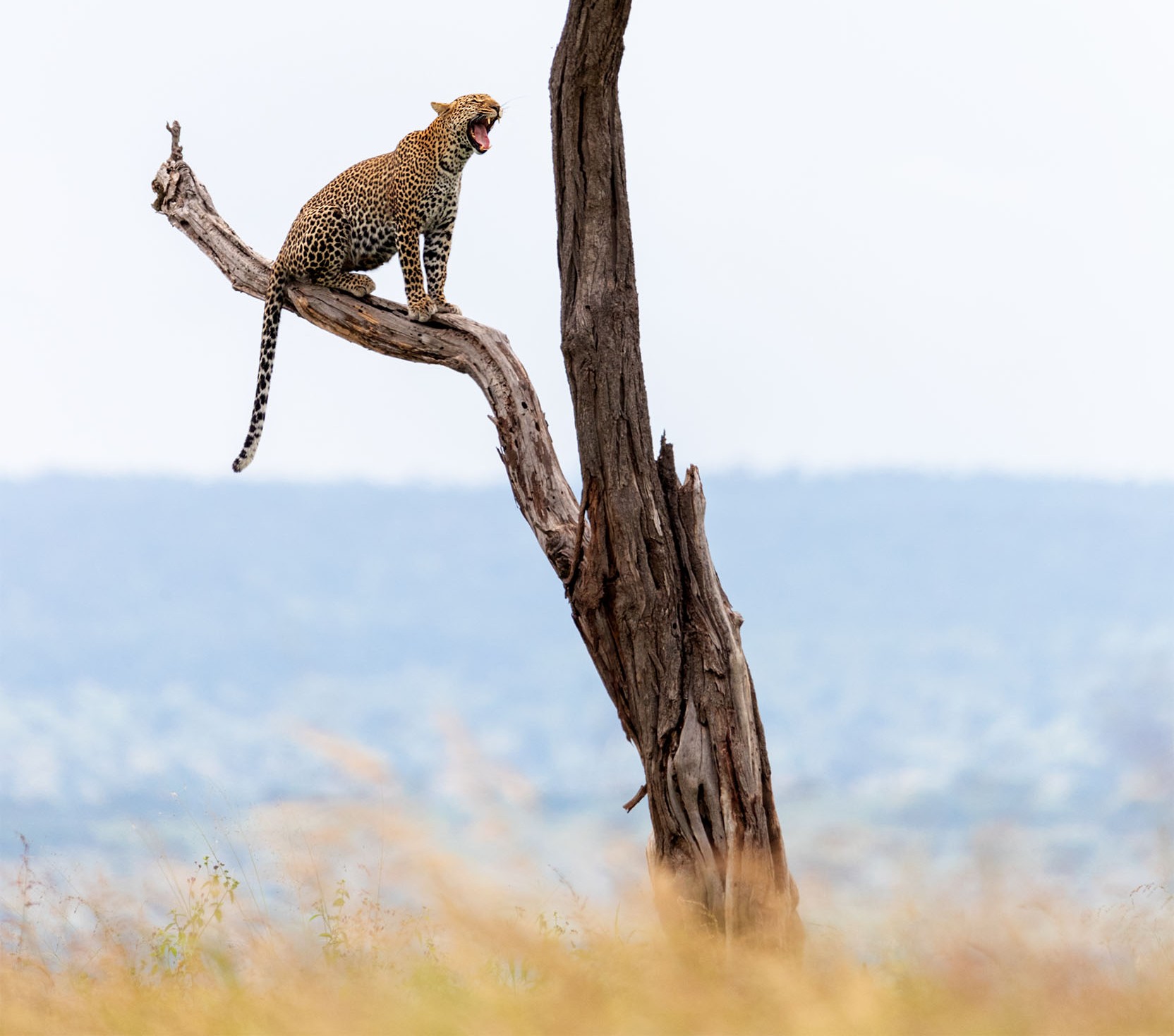
Climate
From January to February, a dry spell follows the short rains, though timing is unpredictable. March to May sees long rains with frequent showers, but not all-day rain, and cooler temperatures. June to October is mostly dry, with mild temperatures. November and December bring short, unpredictable rains with brief daily showers and moderate temperatures.
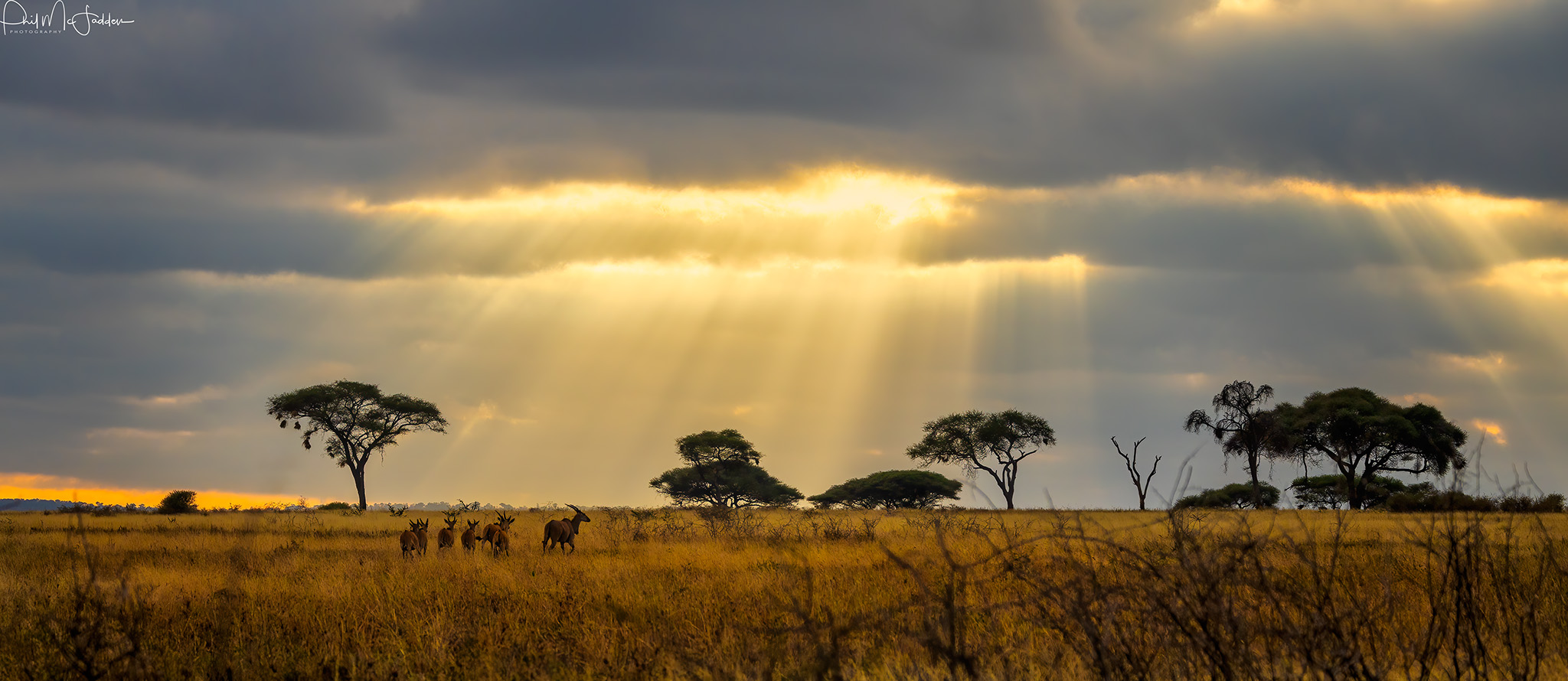
Attraction
The Park is renowned for its abundant wildlife, making it a prime safari destination. Visitors can easily spot elephants, elands, giraffes, lions, buffaloes, cheetahs, leopards, and zebras while exploring in a 4×4 safari Vehicles. The park’s diverse ecosystem ensures unforgettable wildlife encounters in a breathtaking natural setting.

Bird Watching Paradise
Tarangire is a birdwatcher’s paradise, with over 500 species, including rare and breeding birds. The park’s swamps provide an ideal habitat, making it a unique destination for bird lovers. Don’t miss the chance to experience this exceptional avian diversity.
During the green season, Tarangire is good for bird watching safari, a birder’s can i identify bird species, including many rare ones. The park’s marshy center attracts vast flocks of waterfowl such as saddle-billed storks, African fish eagles, tawny eagles, and lilac-breasted rollers. In the dry season from July to October, water becomes scarce, and animals migrate to the Tarangire River, creating dense populations and prime wildlife viewing opportunities.
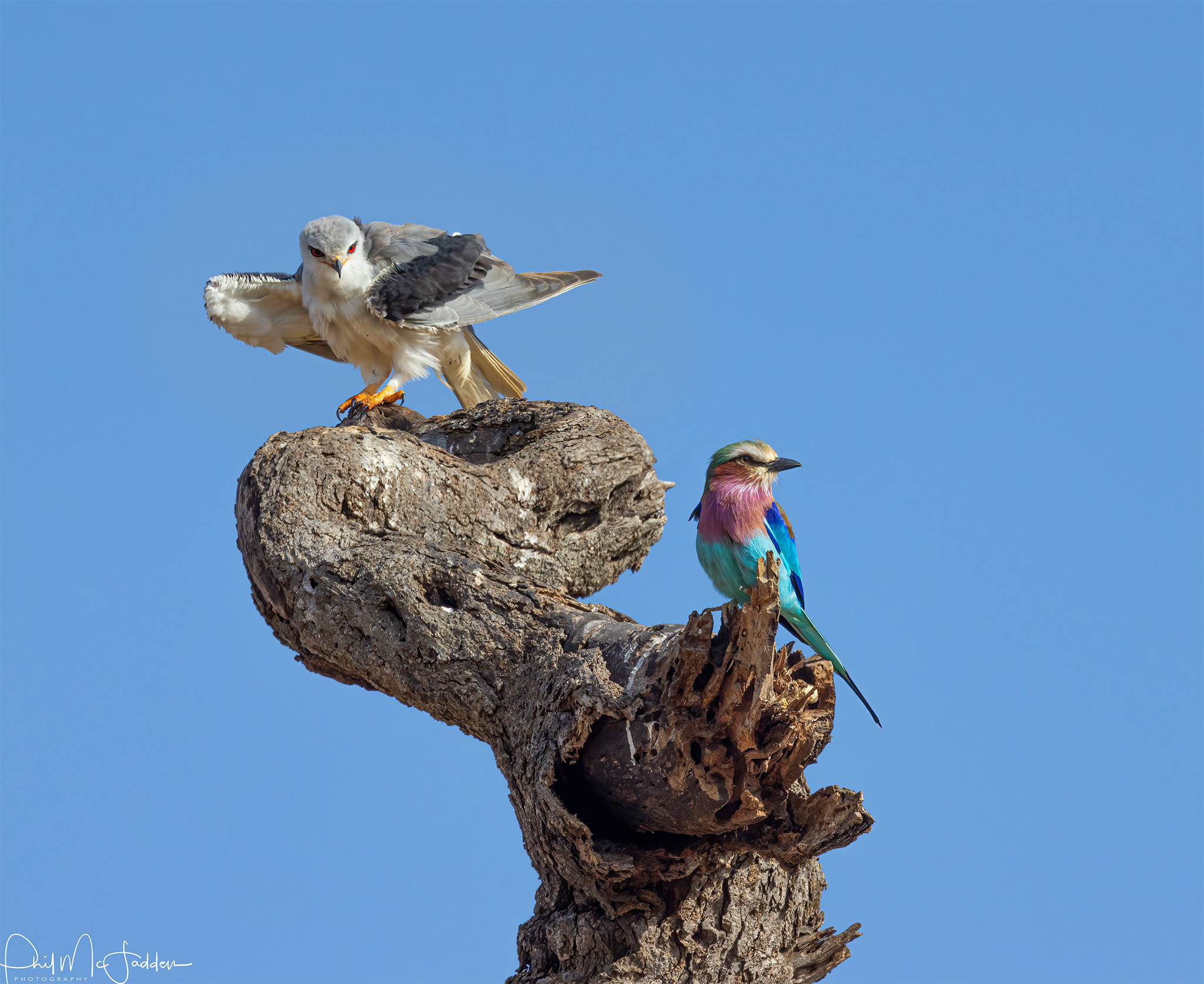
Termite Mound
The mud mounds in Tarangire, created by termites using underground mud and saliva, serve as natural observation points for wildlife. When abandoned, these mounds become homes for dwarf mongooses, offering shelter and protection for the small mammals.
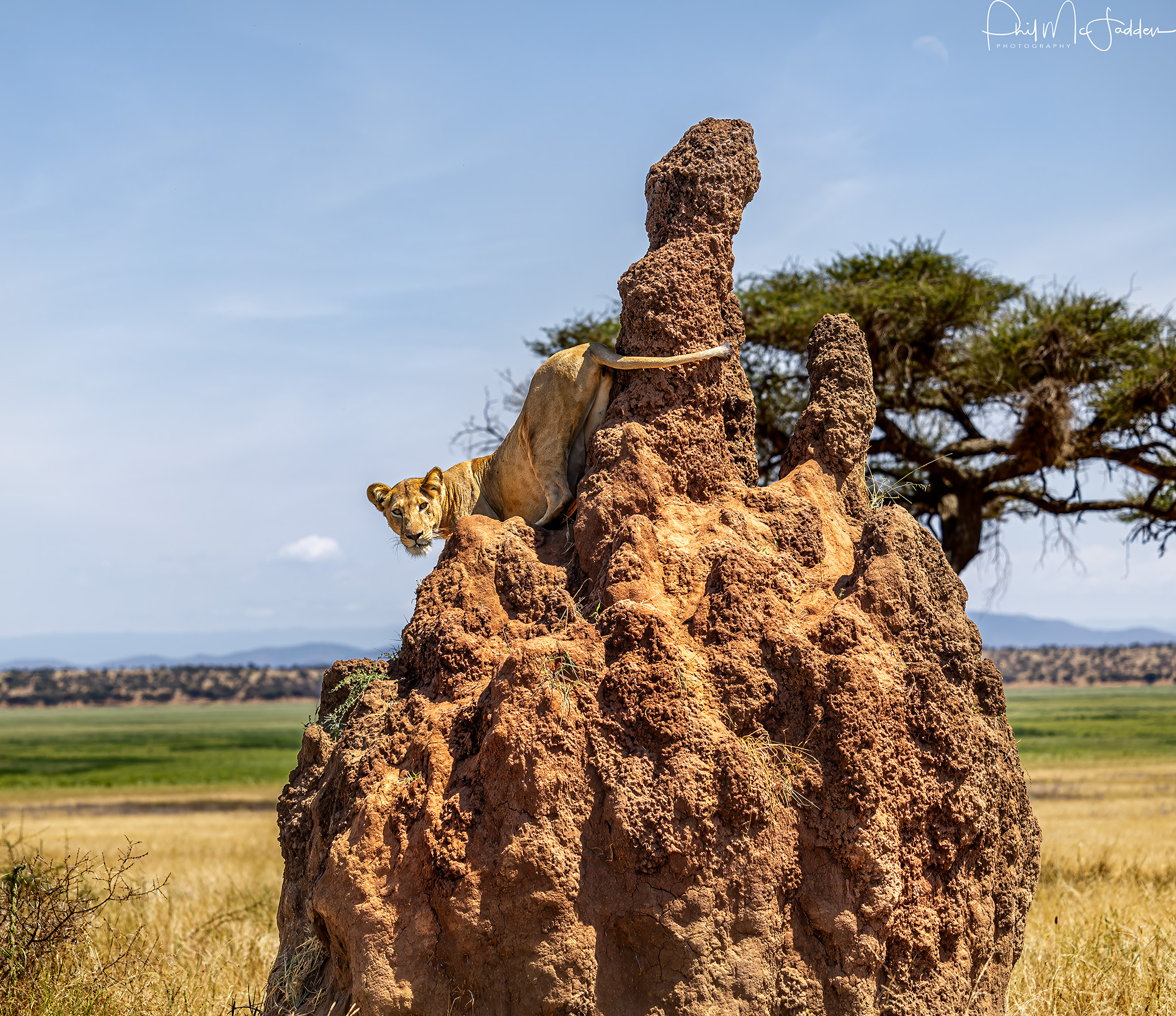
Baobab Trees
Baobab trees (the upside down tree) can live up to 300 years, growing trunks over 100 feet in circumference. Having stood through centuries of history, these ancient trees would surely be fascinating storytellers if they could speak, sharing tales from the past.
